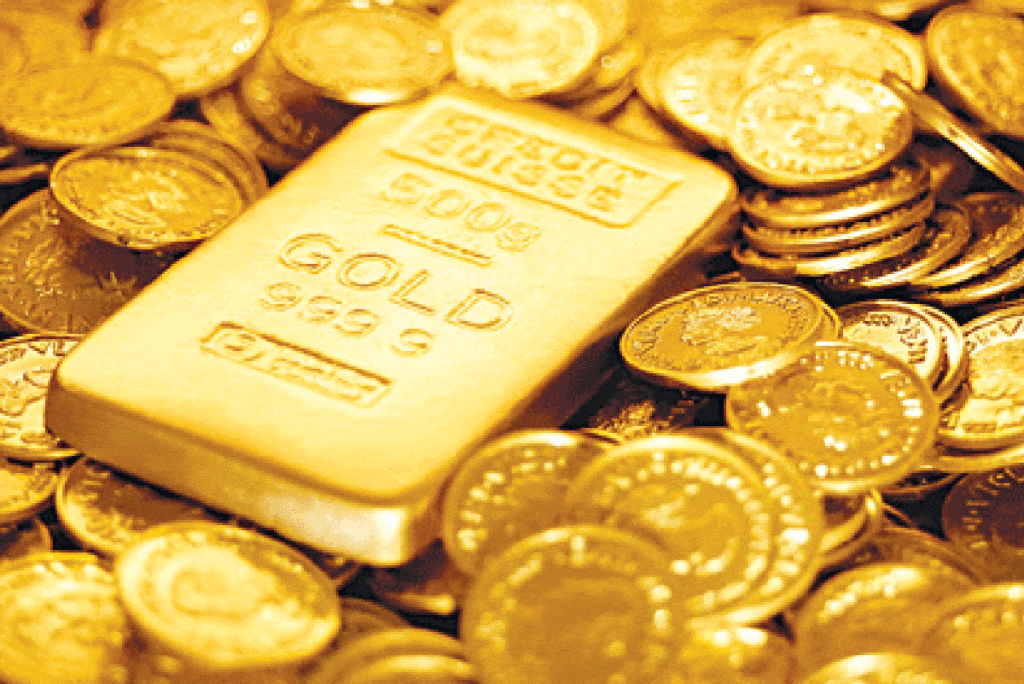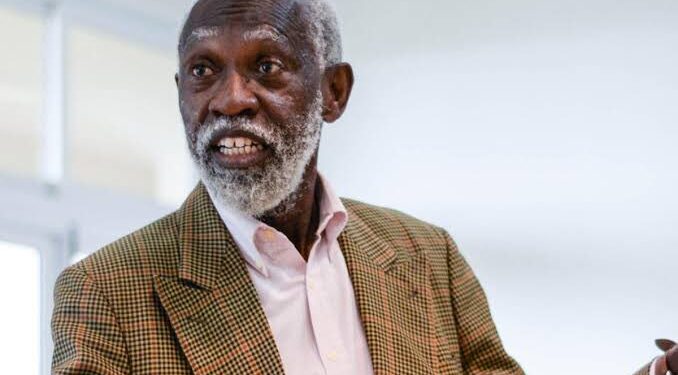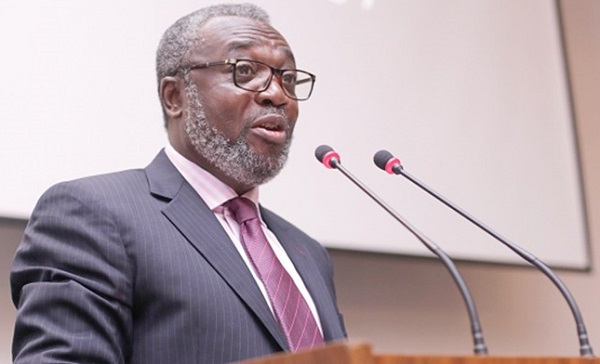As the growing uncertainties in the global market prolongs, more central banks worldwide are expected to increase their gold holdings this year as they continue to view the bullion as a reserve asset, according to the World Gold Council (WGC).
In a survey conducted by the World Gold Council (WGC) among central banks, 25 percent said they plan to buy more gold in the next 12 months, up from 21 percent last year. Central banks are also more optimistic this year on gold as a reserve asset, with 61 percent of respondents saying that global gold reserves will increase over the next 12 months.
“Gold continues to be viewed favourably by central banks as a reserve asset,” the World Gold Council stated in the report. The precious metal’s historical position is now the strongest motive for central banks to purchase gold, as cited by the majority (59 per cent) of the respondents.
Gold’s “no-default risk”, as well as its “performance during times of crisis” and ability to hedge against inflation are also among the top reasons for central banks to boost gold holdings.
Mukesh Kumar, Senior Analyst at the WGC said:
“So far in 2022, central banks’ monthly gold reported activity has been bobbing between net purchases and sales linked to a fairly small number of banks. As such, any significant purchase or sale from those can tip the balance in a given month.”
Mukesh Kumar

Purchase of Gold on Domestic and World Market
Among those that buy the precious metal, close to half (46 percent) said they acquire gold on the global OTC market. For nearly half (43 percent) of economies, gold is a historical legacy asset, while 22 percent boost their holdings through domestic purchases.
Around 15 percent of central banks opt for off-market transactions and 17 percent acquire financial derivatives on gold.
According to the latest reserve data, four central banks were the primary purchasers in April 2022. Uzbekistan bought 8.7 tonnes of gold; Kazakhstan increased its gold reserves by 5.3 tonnes. The WGC noted that this is the first increase for both countries this year and follows three months of consecutive selling.
“On a year-to-date basis, central banks remain net purchasers on the whole. Egypt is the largest buyer following its chunky 44.1t purchased in March, but Turkey is not far behind, having bought 42.5t to the end of April. Kazakhstan and Uzbekistan remain the largest sellers so far in 2022 despite the purchases in April.”
Mukesh Kumar
Most of the central banks (85 percent) buy gold that meet the standards set by the London Bullion Market Association, or those that are called “good delivery bars”, while a smaller number buy gold dore and kilo bars.
The current freeze of some of Russia’s central bank reserve assets highlights the risks inherent in some USD-based holdings, including Treasuries, in a context in which most central banks have expressed a wish to ‘de-dollarize’ their asset allocations. From low starting points, non-OECD countries have increased their gold holdings, but remain significantly underinvested compared to OECD countries, the report noted.
“If our reasoning proves right and non-OECD central banks increase their gold holdings by, let’s say, 5%– in theory, they could go much higher given their current very low weighting versus OECD central banks – that would represent the equivalent of 475 tonnes of gold.”
Mukesh Kumar
READ ALSO: ETI and GCB Bank PLC Inflict Losses on Benchmark Composite Index





















